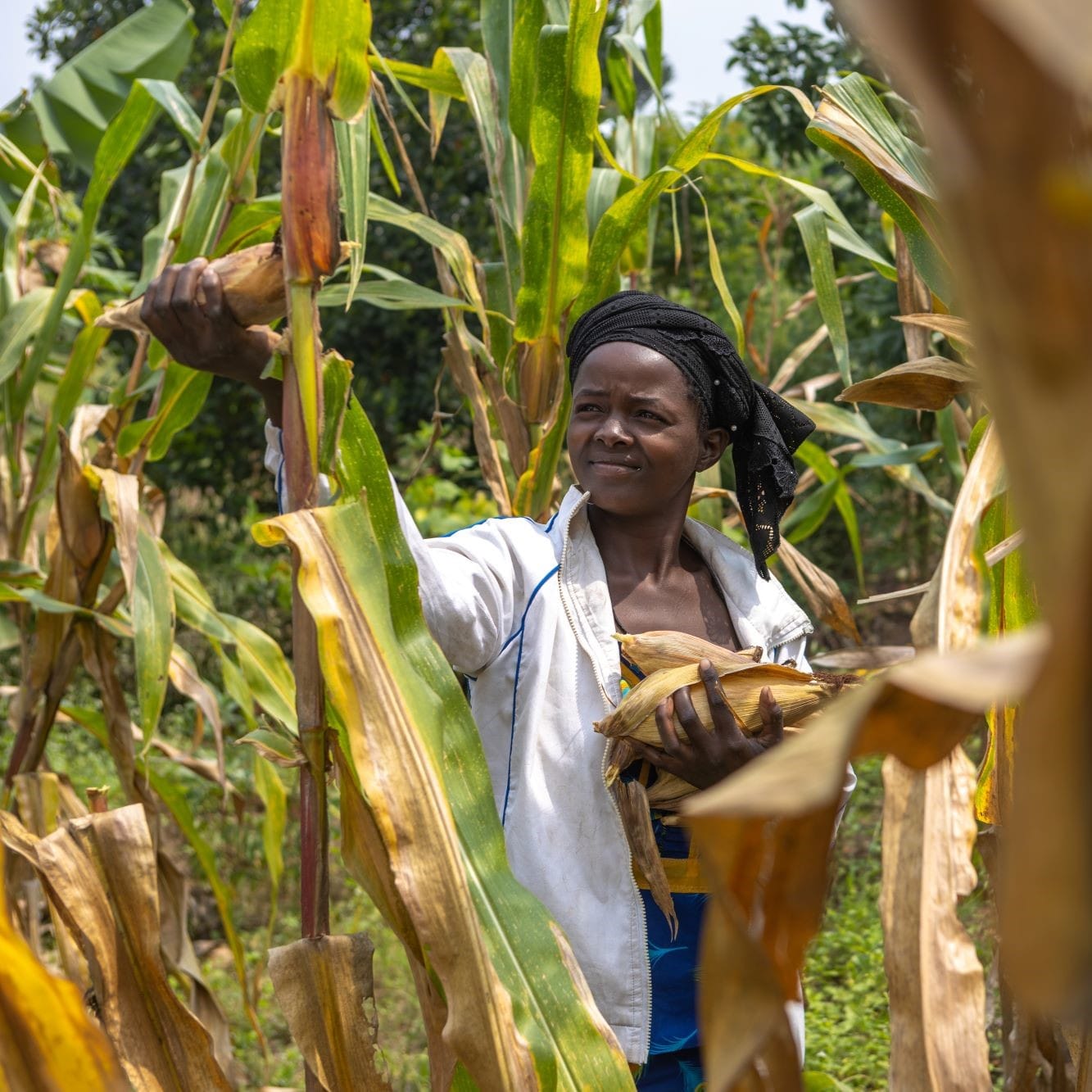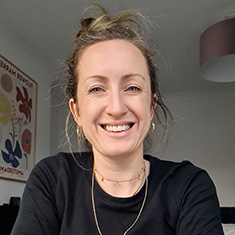Half the world’s 7 billion people lack access to essential health services. That’s a terrible number, and yet an enormous market opportunity. The kind of opportunity that might pique the interest of mobile tech entrepreneurs who note that while many of these underserved people lack healthcare, they nonetheless tend to have mobile phones and some internet access—even those who live in remote locales.
IntraHealth International created the SwitchPoint conference to juxtapose and address opportunities like these. An eclectic, two-day gathering—primarily but not exclusively of global health and digital practitioners—the eighth annual SwitchPoint went off last week. Some 400 attendees brought to the Saxapahaw, North Carolina festival a deep reservoir experience, fresh ideas, and no little energy. But they would be the first to admit that none has the total package of resources required to address market opportunities at scale in health services delivery.
For that, the right people need to join forces, which is why SwitchPoint exists.
“Across the world, most people have a phone before they have electricity, so why not use mobile phones to deliver healthcare?” noted ClickMedix founder and CEO Ting Shih, one of the SwitchPoint participants. More on her later.

SwitchPoint 2019 kicks off. Photo: Charles Coon.
Development funders such as the U.S. Agency for International Development, the World Bank, and Bill & Melinda Gates Foundation are urging new players to the table in their bids to meet basic healthcare and other needs. These invitations are extended for humanitarian ends, but in the knowledge that corporations and social entrepreneurs—for-profit and nonprofit alike—need both to generate and earn value if they are to win an enduring place in the global health ecosystem.
“If we are creating value for society, we are going to be viable as a business,” said Chris LeGrand, who moderated a SwitchPoint microlab on “Creative Public-Private Partnerships and Alliances: New Models for Catalyzing Impact.” LeGrand is the President of DAI Global Health and a longtime global health entrepreneur. “We are not talking about traditional corporate social responsibility outlays,” he said, “but creating value across the health ecosystem that will deliver better health outcomes and will be sustainable.”
Reconciling “Me” and “We”
The microlab tackled one of the key challenges in any PPP—“the right people joining forces.” Its participants were given a hypothetical challenge: cut maternal and infant mortality and malnutrition in a developing country with elevated fertility rates. After splitting into teams, each team designated four parties—an investor, a social entrepreneur, a development organization, and a host government—to come to a meeting of minds on how to scale a solution.
“Each of four actors has to create value that none was going to create on its own,” said LeGrand, who moderated the session along with Shih, IntraHealth Senior Vice President Rebecca Kohler, and Malcom Riley of the Duke University Global Health Institute.

ClickMedix Founder and CEO Ting Shih, center, and IntraHealth Chief Strategy Officer Rebecca Kohler, right, at the microlab. Photo: Charles Coon.
Microlab participants described the roadblocks they encountered in the course of the thought experiment. One team’s notional investor—a gold mining company—was only interested in funding work in its area of operations. Another team’s host government, apparently known for corruption, insisted on controlling the partnership yet promised accountability. A third team surmised that local culture encouraged large families, raising questions about the efficacy of family planning assistance.
Competing interests and incentives, mistrust, and an unclear grasp of mission marked the exercise. If the other parties in a development enterprise negotiation are arguing over “what‘s in it for me,” what investor would want to dive into that? Riley, who manages health partnerships for Duke, observed: “If a corporation does not like the value proposition, if it cannot add value to the corporate arm, the money will end.”
Partnering to Influence Health Outcomes
Motivated by the global growth of mobile technology and a goal to deliver health care services “to 1 billion people,” Shih founded ClickMedix in 2010. The company is now active in 21 countries. ClickMedix offers an mHealth platform that enables customers—hospitals, doctors, pharmacists, insurers, government funders of health services—to serve hard-to-reach patients via mobile devices.
Shih aspires to grow ClickMedix into a global “Amazon for healthcare” that enables click-of-a-button transactions between the myriad actors that comprise a country’s healthcare delivery network—connecting doctors in cities to nurses in communities to patients in remote locales, and all the suppliers, providers, and payers along the way.
“The proliferation of mobile devices adopted worldwide means that we can now make healthcare accessible and affordable to millions more people,” Shih said.
DAI Global Health and ClickMedix first connected in 2016 through the Innovation into Action Challenge, a competition to surface innovative, demand-driven ideas, products, and services. Recently, DAI announced a strategic investment in ClickMedix, which joins mobile pediatrics specialists THINKMD, mobile medical diagnostics firm MobileODT, and IntraHealth as networked partners of DAI Global Health.
“DAI is nurturing a series of different kinds of relationships,” LeGrand said. “These are not traditional controlling relationships—for example, we invest in Ting, but we don’t control her. We are building a ‘neural network’ of relationships that will create positive influences in global healthcare delivery.”

IntraHealth Chief Technical Officer Dai Hozumi presenting "Global Health Innovation: By Design or by Accident?" Photo: Charles Coon.
“Cool-Headed, Even Cold-Hearted”
In gathering together creative people from across disciplines, SwitchPoint aspires to help them turn their big concepts into workable models. This year, that process included frank talk on cost vs. benefit and the laws of supply and demand. “We have to be cool-headed, even cold-hearted about innovation and resist being blinded by wonderful ideas,” cautioned Dai Hozumi, IntraHealth’s Chief Technical Officer, in a well-received presentation on the perils of innovation absent business savvy.
ClickMedix seems to have embraced that ethos. Its customers—in both developing and developed countries—have bought into the platform because at the end of the day it helps them reach more patients. “It’s not donor-driven, it’s demand-driven,” LeGrand said. “We think it’s a more sustainable model.”
Charles Coon is a principal communications writer and editor of DAI’s Developments newsletter.





